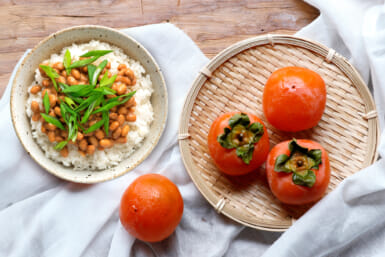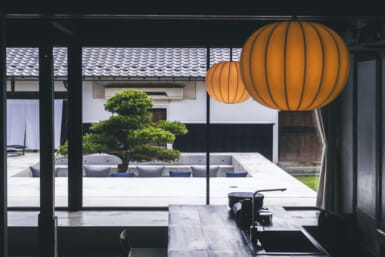The French restaurant named for a bird
It strikes me as interesting that a superb French restaurant should name itself after a big-beaked tropical American bird instead of something French to identify its cuisine.
Whatever the reason, the eponymous bird is the toucan, a brilliantly colored denizen of the forests in Central America and points south. The restaurant, with a slight concession to the French language, calls itself Le Toucan. The relationship eludes me. I know that other restaurants inhabiting the French-cuisine world of Tokyo have made it a point to give themselves a French name, especially the ones with Japanese chefs. Perhaps those involved in the operation of Le Toucan feel they are French enough and don’t need a name for emphasis.
And French they certainly are. There are two of them, both well-known in gourmet circles here. President is Andre LeComte who concentrates on his traiteurservice, catering for private parties and embassies. He is usually called upon when the French Embassy plans a dinner for some visiting dignitary. Executive chef is Daniel Paquet who made his name among gourmets in Japan during his eight years with Maxim’s de Paris in the Ginza. The kitchen is his responsibility, and he discharges it with excellent results. There is a lightness to his touch which makes the heaviest-sounding dishes melt in your mouth. They fill but they do not stuff.
Another asset he has, an asset shared by other French chefs in Japan, is the ability to create his own dishes and yet keep within the limits of French cuisine; unlike some Japanese chefs who, though excellent when it comes to dishes they know, go over the edge when they let imagination take over. Some examples will illustrate what I mean.
I remember a rare roast beef done by a Japanese chef of great acclaim. When the meat was served, it was covered by slices of raw carrot. The contrast between the red of the meat and the yellow-orange of the carrot made the dish visually unattractive, even though the meat beneath was delicious. At another time a Japanese chef of some renown served a roast beef with tarragon; a particularly punget herb which is ideal with light-flavored meats. Served with the beef, though, it refused to take a subordinate position, resulting in an unpleasant clash on the palate. I know that a bearnaise sauce is sometimes served with steak. But the tarragon in the sauce is not assertive, having to share honor with the wine, onions and hollandaise sauce that is the base.
Le Toucan’s menu lists six hors d’oeuvres, four soups, five fish dishes and six entries, more than enough for one to indulge a taste for variety. They may seem pricey to residents of the fast-food world, but they are reasonable to those with more developed tastes and know that quality must be paid for.
When I went there for lunch, it was enough to convince me of its excellence. Not only was I pleased with what I had, but so was my companion, a recognized gourmet.
I started with a Terrine de Foie Gras et sa Delicate Galee, 3,800 yen. This was fresh foie gras, or the liver from an overfed goose flown from France. It was surrounded by the gelatin that comes with it. Although a sweet wine would have been better, it still went well with the Chablis, 1985, 8,500 yen, that was going to serve us for the whole meal, since we had chosen fish for our main dish. It did not detract from the foie gras, which was delicious. For the Chablis was well-made, the producer being the great Louis Latour, and was served at the right temperature. It had the slight sharpness, created by sufficient acidity, which is so often described as “steely.” Though it was an ordinary Chablis, the year and the producer commended it to us.
The fish I ordered attracted me by its name. It was something I had never seen before. Raviolis de Langoustines a la Fordul de Poireaux, 3,800 yen. It was a deliciate-looking dish when it came and consisted of the raviolis stuffed with lobster in a sauce made with leeks. It was light, just right for lunch, and illustrates my point that a good French chef can let his imagination roam without straying from the standards of French taste.
My dining companion had another dish we had never seen before. Roulle de Howard de Legumes, 5,500 yen. It was slices of lobster served in a sauce with an assortment of vegetables. He was very impressed with it and said he would not hesitate to recommend it to anyone.
Le Toucan takes its place in the first-rank of the great restaurants for which this gourmet city is famous. It is situated on the second floor of the Shimbashi Kaikan Building, 6-3, 8-chome, Ginza. Telephone is 575-4142. To get there, go down Chuo-dori from Shimbashi Station. When you pass Shiseido Parlor on your left and Yamaha Records on your right, turn left two streets down at Nishi Gobangaidori, and you will find Le Toucan on the further right-hand corner of the next street.








